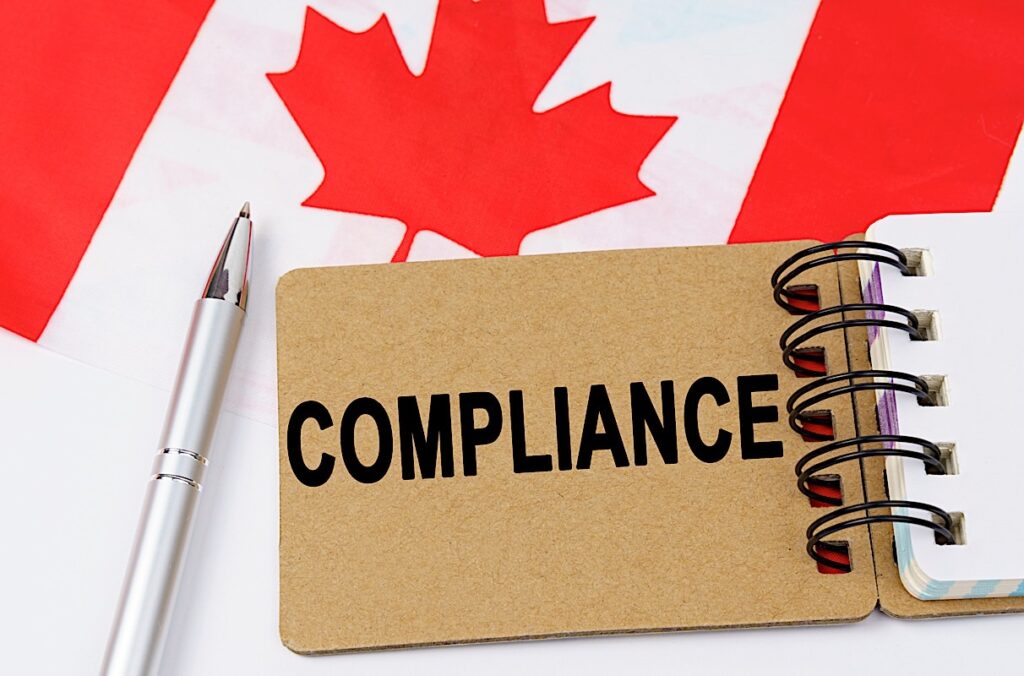
Ensuring Compliance in RSPs and Employee Benefits: A Guide for Canadian Corporations
In today’s complex landscape of employee benefits and Registered Savings Plans (RSPs) compliance, staying on top of the latest Canadian legislation can be a daunting task for companies. As a business leader, you’re likely aware of the high stakes involved in ensuring compliance. The risk of of reputational damage from non-compliance are significant. This is where the expertise of outsourced HR solutions providers, such as Pivotal HR Solutions, can help.
By partnering with seasoned professionals, you can mitigate risks and maximize compliance. Here are some key advantages:
- Expert Knowledge: Outsourced providers stay updated with the latest regulatory changes.
- Time Efficiency: Allows your HR team to focus on strategic initiatives rather than administrative tasks.
- Risk Management: Reduces the likelihood of errors and associated penalties.
Fast Facts
- Over 70% of Canadian businesses offer some form of employee benefits (Simply Benefits)
- Approximately 60% of employees consider benefits a major factor in job satisfaction (HBR)
- Nearly 50% of small businesses in Canada struggle with compliance in benefits administration (Canada.ca)
- Around 80% of large Canadian companies have dedicated HR teams for benefits management (Harvard Busines Review)
- Employee benefits costs represent about 30% of total compensation expenses for Canadian employers (Canada Life)
- About 55% of Canadian businesses offer Registered Savings Plans (RSPs) as part of their benefits package
Key Regulations Governing RSPs in Canada
When it comes to Registered Savings Plans (RSPs) in Canada, businesses must navigate a landscape defined by both federal and provincial regulations. Understanding and complying with these regulations not only helps in avoiding legal complications but also ensures that your benefits programs are both competitive and sustainable.
One of the most critical aspects to be aware of is the distinct regulatory framework for different types of RSPs. For instance, Group Registered Retirement Savings Plans (GRRSPs) are particularly attractive because they allow employers to match a tax-deductible percentage of employees’ contributions. This means employees can save more for their retirement, while employers also benefit from tax deductions.
In terms of governance, the Canada Pension Plan (CPP) and the Quebec Pension Plan (QPP) require mandatory contributions from both employees and employers, and these contributions are essential components of Canada’s retirement income system. These plans are heavily regulated to ensure that funds are managed responsibly and distributed fairly. Employers should also keep in mind that the rates for these contributions are subject to periodic changes, which means that staying updated is crucial.
Minimal Statutory Standards
Another key consideration is the minimum statutory employment standards, which vary by jurisdiction. Each province and territory in Canada has its own set of standards that include crucial aspects like minimum wage, overtime, and termination requirements. Understanding these regional nuances is essential for ensuring compliance across all locations where a business operates.
Don’t overlook the importance of payroll taxes. Employers must calculate and remit payroll taxes accurately to avoid penalties. These taxes include not only the CPP and QPP contributions but also Employment Insurance (EI) and income tax deductions. Being meticulous about these details is not just a legal necessity; it’s also a best practice for maintaining good employee relations.
Lastly, employers should consider supplemental benefits such as group registered retirement savings plans, supplemental health insurance, and long-term disability benefits. Offering a competitive benefits package can set you apart in attracting top-tier talent. However, these offerings must also comply with both federal and provincial laws to be considered effective and lawful.
Partnering with an expert HR Solutions provider can offer invaluable guidance and support, ensuring that your benefits programs are structured to meet both regulatory requirements and your organizational goals.
Essential Tips for RSP Compliance
- Ensure your Group Registered Retirement Savings Plans (GRRSP) align with the latest tax regulations to optimize both employer and employee contributions.
- Conduct regular internal reviews to identify and rectify compliance issues before an official inspection.
- Maintain meticulous records of employee contributions, matching percentages, and any changes, as these need to be preserved for up to six years.
- Stay updated on provincial variations in workers’ compensation insurance requirements, as they can impact your RSP obligations.
- Be prepared for potential inspections by keeping comprehensive documentation ready, including records of wages, working conditions, and LMIA compliance.
- Consider automated compliance management software to streamline record-keeping and minimize the risk of non-compliance.
- Regularly communicate with your employees about their RSP benefits, ensuring transparency and fostering a compliant and engaged workforce.
Best Practices for Managing Employee Benefits
- Include life coverage and long-term disability benefits as essential components of your benefits package to provide comprehensive support for employees.
- Understand the legal requirements for annual vacation benefits, which vary based on the employee’s length of service.
- Supplemental health insurance, group registered retirement savings plans (RRSPs), and other additional benefits are attractive offerings that can help retain top talent.
- Adhere to mandatory employee benefits regulations when expanding your remote workforce into Canada, ensuring compliance with unique labor laws.
- Carefully consider the average cost of benefits for Canadian employees based on the depth and range of coverage you provide.
- Design a competitive benefits package by keeping abreast of common statutes and specific provincial laws governing compensation and benefits in Canada.
- Incorporate a health insurance benefit scheme that includes coverage for drug prescriptions, vision, dental care, and paramedical services to enhance the overall well-being of your employees.
How to Stay Updated with Changing Legislation
Staying abreast of evolving legislation is crucial for ensuring your business remains compliant with Canadian laws. Key actions can simplify this process:
- Subscribe to Legal Updates: Legal firms and business networks often offer newsletters on legislative changes. Subscribing to these can keep you informed on new developments.
- Engage with HR Consulting Expert Services: Partnering with a professional HR solutions provider such as Pivotal HR Solutions can offer you expert guidance and timely updates on regulatory shifts, optimizing your compliance efforts. Subscribe to our newsletter and check our regular blog posts.
- Utilize Government Resources: Regularly check websites of governmental bodies like Employment and Social Development Canada (ESDC) and provincial labor boards. They frequently update their sites with crucial legislative information.
- Attend Webinars and Training: Many organizations host webinars and training sessions on employment law changes. Participating in these can provide in-depth insights directly from legal experts.
Regular internal audits are also a proactive measure. These audits can help you identify any gaps in compliance and address them before they become problematic. By implementing these strategies, you can navigate the dynamic legal landscape with confidence.
Do you have questions for the experts at Pivotal HR Solutions? Do you need a fully managed solution? Contact the experts at Pivotal HR Solutions:


 Our HR solutions experts can recommend the right mix of HR outsourced services to make your entry into Canada easier.
Our HR solutions experts can recommend the right mix of HR outsourced services to make your entry into Canada easier.  Pivotal Employment Management Services co-hires your workforce, simplifying entry of your business in Canada.
Pivotal Employment Management Services co-hires your workforce, simplifying entry of your business in Canada. 
















There's No Such Thing as a Company Without HR